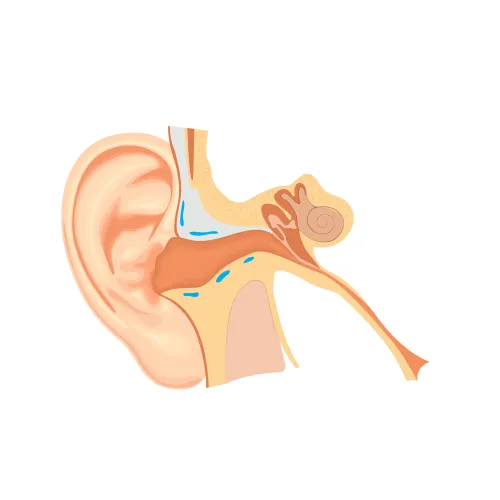Pediatric Coding Alert
Pediatric Mythbuster:
Can Existing Problem Qualify You to Use Modifier 25?
Published on Fri Jan 22, 2016

You’ve reached your limit of free articles. Already a subscriber? Log in.
Not a subscriber? Subscribe today to continue reading this article. Plus, you’ll get:
- Simple explanations of current healthcare regulations and payer programs
- Real-world reporting scenarios solved by our expert coders
- Industry news, such as MAC and RAC activities, the OIG Work Plan, and CERT reports
- Instant access to every article ever published in Revenue Cycle Insider
- 6 annual AAPC-approved CEUs
- The latest updates for CPT®, ICD-10-CM, HCPCS Level II, NCCI edits, modifiers, compliance, technology, practice management, and more
Related Articles
Other Articles in this issue of
Pediatric Coding Alert
- Pediatric Mythbuster:
Can Existing Problem Qualify You to Use Modifier 25?
You may be surprised when we bust this commonly-held coding myth. It’s a frequent occurrence—a [...] - ICD-10:
Support Higher-Level Family Counseling Sessions Using 7 'Z' Codes
This series helps show why $64 more for a 99214 could be in order. Still [...] - Latest 'Excludes1' Guideline May Alter Your Diagnosis Coding
You’ve been using ICD-10 for nearly four months now, so it’s likely that you’ve run [...] - Billing:
These 2 Simple Billing Tips Can Save You Thousands
Easy and inexpensive to implement, you’ll benefit from instituting these expert pointers. The calendar has [...] - Reader Question:
Differentiate New Vs. Established for Medical Assistant
Question: If our medical assistant sees a new patient for a flu shot only, and the [...] - Reader Question:
This Lab Code Isn't Dependent on Place of Service
Question: Is 99214 payable if coded with 81001 when the place of service is 22? Is [...] - Reader Question:
Bill for Each Vanderbilt
Question: When the pediatrician scores and interprets multiple Vanderbilt screenings (for instance, four from teachers and [...] - You Be the Coder:
Tick Investigation Warrants E/M
Question: Is there a code to bill if the pediatrician examines a tick under a microscope [...]
View All




